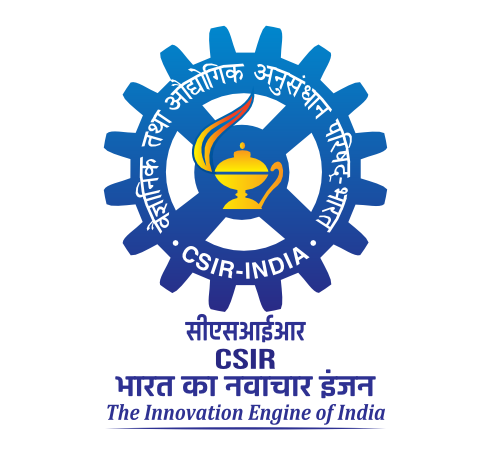Comparative and synergetic effects of cold plasma and ozone treatments on microbial safety, color stability, and quality of chili during long-term storage
Neha, Tanwar and Sandeep Mudliar, N. and Sukumar, Debnath (2025) Comparative and synergetic effects of cold plasma and ozone treatments on microbial safety, color stability, and quality of chili during long-term storage. Journal of Postharvest Biology and Technology, 230. pp. 1-17.
|
PDF
X1-s2.0-S0925521425004181-main.pdf - Published Version Restricted to Registered users only Download (8MB) | Request a copy |
Abstract
This study primarily emphasizes the comparative and synergistic effects of cold plasma (CP) and ozone (O₃) treatments on microbial safety, surface and pigment-based color stability, and key quality parameters of Byadagi chili during 16 weeks of ambient storage (27 ± 3 ◦C). Storage was identified as the principal factor contributing to quality deterioration; however, pre-storage CP and O₃ interventions significantly mitigated these effects. Samples were categorized into untreated (control), CP-treated, O₃-treated, and combined CP + O₃-treated groups. The CP + O₃ combination achieved the most substantial microbial reductions by week 16, with decreases of 1.88 log₁₀ CFU g⁻¹ for total plate count, 1.36 log₁₀ CFU g⁻¹ for yeast and mold, and 1.05 log₁₀ CFU g⁻¹ for co- liforms, relative to control. Although aflatoxin B₁ levels increased in all groups during storage, CP + O₃ main- tained the lowest concentration (0.71 μg kg⁻¹) versus the control (6.32 μg kg⁻¹). Surface color was best preserved in CP + O₃ samples (ΔE*: 3.80; a*: 19.21), with minimal change in chroma, hue, and browning index. Pigment degradation was significantly lower in the CP + O₃ group: total carotenoids (5.8 % ↓), capsanthin (5.05 % ↓), and American Spice Trade Association (ASTA) color value (26.2 % ↓), compared to greater losses in control samples. While CP showed the highest antioxidant retention (phenolics: 84.7 %; DPPH: 83.4 %), CP + O₃ exhibited balanced efficacy (phenolics: 80.5 %; DPPH: 82.1 %), with high sensory acceptability (Score: 7.45). In conclu- sion, the synergistic CP + O₃ treatment effectively reduced storage-induced quality degradation, providing a residue-free strategy for enhancing safety, visual quality, and nutritional attributes in high-value chili. Future research should focus on industrial-scale applications and regulatory compliance.
| Item Type: | Article |
|---|---|
| Uncontrolled Keywords: | Byadagi chili, Aflatoxin B1, Microbial decontamination, Color stability, Sensory quality, Postharvest preservation |
| Subjects: | 600 Technology > 08 Food technology > 13 Quality control > 02 Safety 600 Technology > 08 Food technology > 30 Spices/Condiments |
| Divisions: | Food Engineering Food Protectants and Infestation Control |
| Depositing User: | Somashekar K S |
| Date Deposited: | 25 Sep 2025 04:30 |
| Last Modified: | 25 Sep 2025 04:30 |
| URI: | http://ir.cftri.res.in/id/eprint/19864 |
Actions (login required)
 |
View Item |

